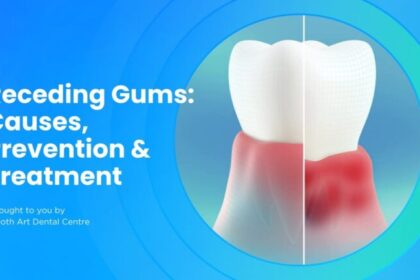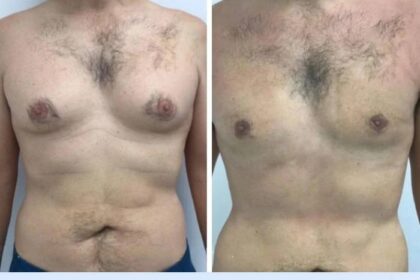Hair shedding after a hair transplant can be surprising for many people. It often raises questions and concerns, especially when expectations are high. The shedding phase is a very common part of the hair restoration process. It’s important to understand that shedding does not mean failure. Instead, it is a sign that the scalp is going through its natural cycle of healing and renewal. Let’s delve into Hair Transplant Dubai.
Why Hair Shedding Happens After a Transplant
The shedding of transplanted hair is known as “shock loss,” which typically occurs a few weeks after the procedure. This happens because the hair follicles go into a resting phase after being moved to a new location. During this time, the visible hair shafts fall out, while the root of the follicle remains intact beneath the surface. This allows new hair to grow in its place over time.
Timeline of Shedding and Regrowth
Each person’s recovery journey is unique, but most follow a similar timeline of shedding and new hair growth.
Shedding in the First Few Weeks
It’s very normal for the newly transplanted hairs to fall out between the second and sixth week after the procedure. This might seem alarming, but it’s simply part of the process. The follicles are adjusting to their new location, and the hair shafts that were transplanted are naturally released.
Entering the Dormant Phase
Following the initial shedding, the scalp usually enters a quiet period where not much appears to be happening on the surface. This dormant phase can last several weeks. Beneath the scalp, however, the follicles are slowly preparing to sprout new hair.
The Start of New Growth
Around the third or fourth month, many people begin to notice new hairs breaking through the scalp. These early hairs might look thin and soft at first, but over time, they tend to thicken and become more textured. Gradual improvement continues in the following months.
Full Growth Expectations
By the eighth to twelfth month, most individuals start to see more noticeable results. The hair looks fuller, denser, and more natural. In many cases, it continues to improve well into the second year.

Managing Expectations During the Shedding Phase
Understanding what’s normal during the shedding phase helps ease worry. Shedding doesn’t mean something has gone wrong. It’s a temporary stage that leads to long-term benefits. Staying patient is key. The body needs time to heal and regenerate.
How to Support the Growth Cycle
While the shedding itself cannot be avoided, creating a healthy environment for hair growth can make a difference in how confident one feels during this stage.
Maintaining Scalp Hygiene
Keeping the scalp clean and avoiding excessive scratching or friction helps the skin recover naturally. Gentle washing and care allow the follicles to remain undisturbed.
Following Professional Advice
Following the recommended care routine supports the best possible outcome. While the initial shedding phase can feel discouraging, it’s just a step toward the final goal.
Common Questions About Shedding After Hair Transplant
What if no hair is visible after a few months?
It’s completely normal not to see much change in the early months. The new hair often takes time to emerge. In most cases, noticeable growth begins around the third or fourth month.
Will all transplanted hairs fall out?
Most of the transplanted hair shafts fall out during the shedding phase, but the follicles remain. The important part is the follicle, which stays in place and will eventually grow new Hair Transplant in Dubai.
Can the shedding phase be skipped?
Shedding is a natural part of the body’s healing response to the transplant. It’s not typically avoidable, nor is it something to worry about. It’s a signal that the body is responding as expected.
Is hair shedding the same for everyone?
Not necessarily. Some people shed more than others, and some might start regrowth earlier or later. Each experience is slightly different, depending on factors like skin type, hair texture, and healing pace.
Will the new hair be the same as the original?
The new hair usually grows with the same characteristics as it had before it was moved—same thickness, color, and texture. Over time, it blends with the natural hair for a seamless look.
What to Keep in Mind During the Shedding Period
It’s natural to feel concerned when shedding begins, especially after waiting for visible improvements. Staying positive and focusing on the long-term outcome can make a big difference. The shedding phase is just a temporary part of the journey, and what follows is steady growth that continues to improve over time.
Shedding Isn’t the End—It’s the Beginning
Seeing hair fall out after a transplant may seem disheartening, but it’s not a setback. It’s the body’s way of preparing for new, healthy strands to grow in. The patience shown during the shedding phase often pays off in the form of fuller, natural-looking hair. Staying informed and managing expectations helps make the entire process smoother and more reassuring.



